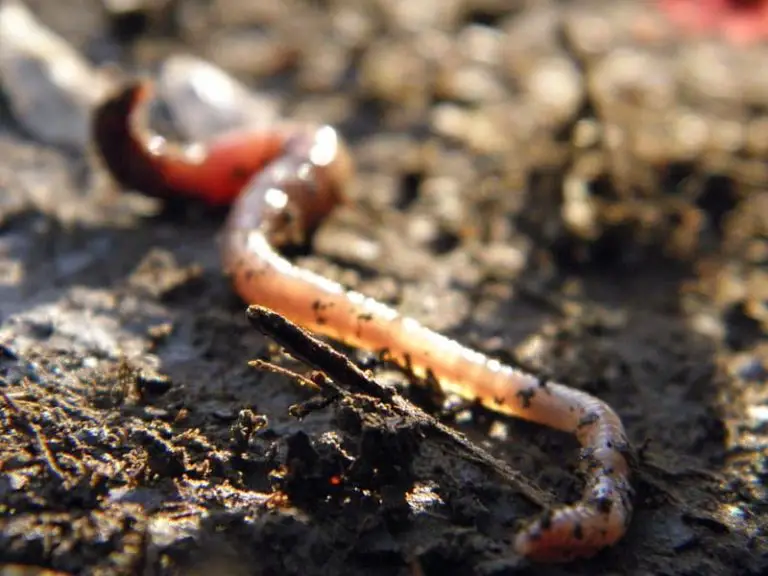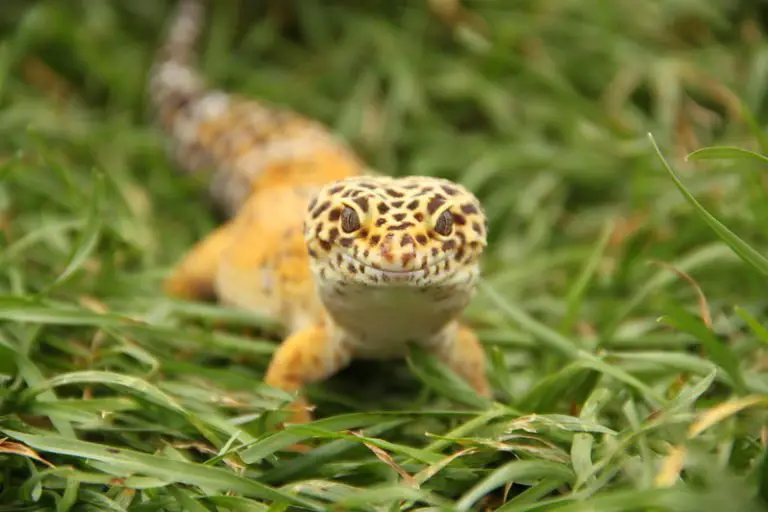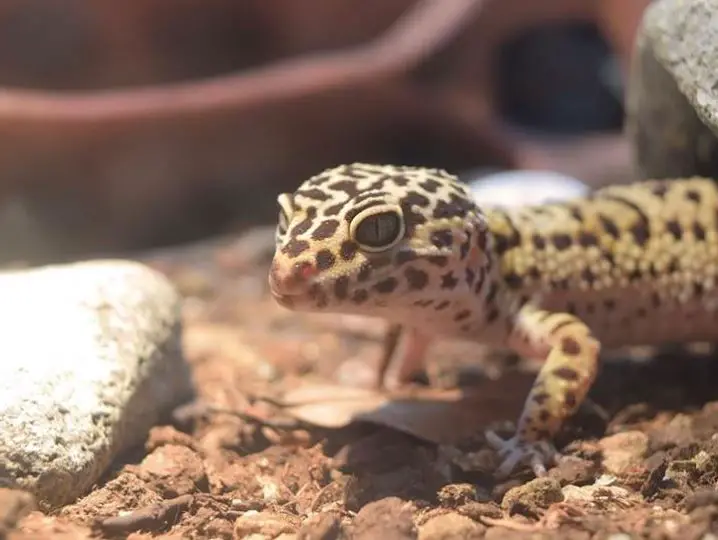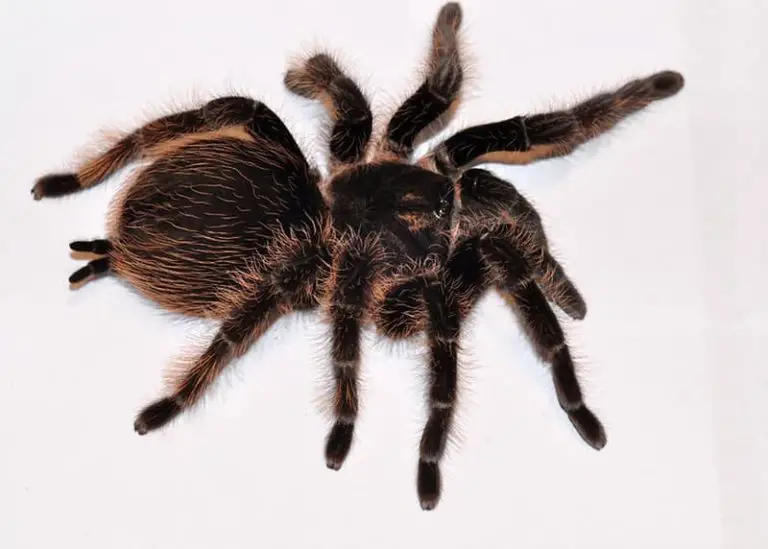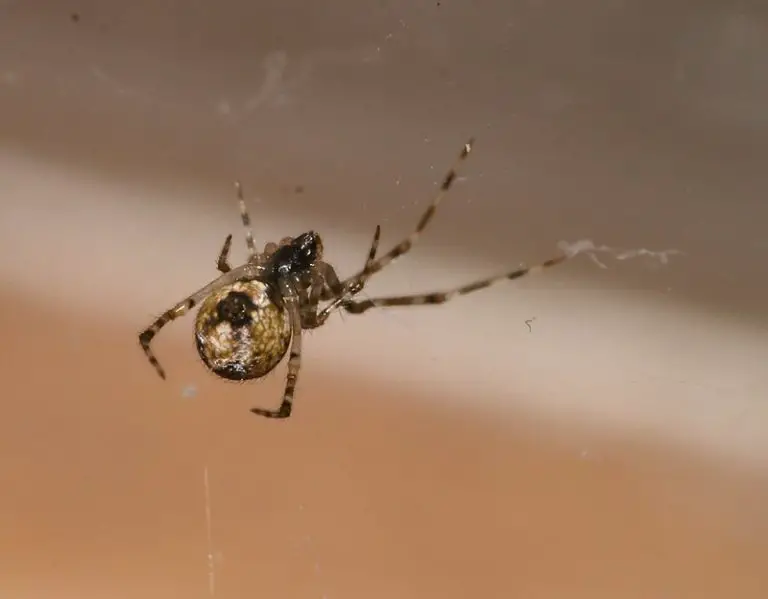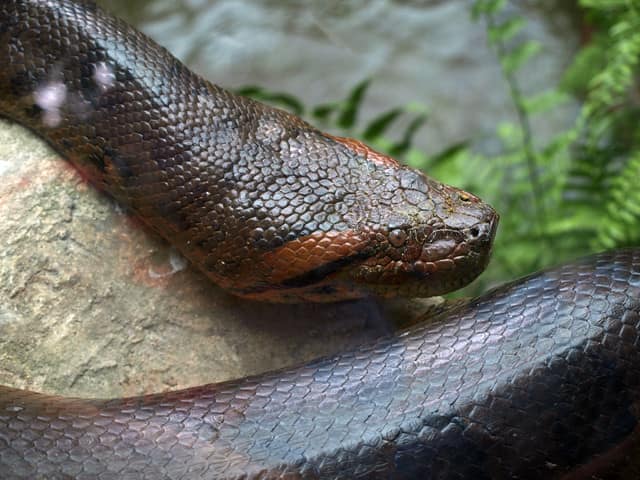Why Do Spiders Raise Their Abdomen?

Spiders are notorious animals, often being labeled as dangerous and aggressive, when the reality is that they are shy and very scary animals and their first bodily reaction to a threat will always be defensive to that offensive.
The first reaction of a spider is always going to be to flee, far from what it thinks is a threat to it. A spider does not jump to bite, the first thing they do is try to escape and avoid the confrontation at all costs.
To do this, the spider has a series of body gestures that help it in its objective of preparing its escape or persuading its possible threat to approach it.
It is because of this situation that spiders perform different postures when they notice the presence of humans nearby, for example.
These postures are clearly defensive, although for some people they may seem strange and sometimes even funny. Although there is nothing funny about spiders, they try to look as intimidating as possible.
Why do spiders raise their abdomen?
When a spider lifts its abdomen it is a warning that it feels threatened, or feels something in its environment that makes it unsafe.
The spider adopts this posture as a defense and distraction system from its possible threat in order to prepare its escape, and also as an alert system to impose its presence and appear more intimidating in order to persuade its possible attacker of an aggression.
Some species of spiders, in order to make the gesture of lifting the abdomen even more intimidating and eye-catching, perform movements from one side to the other. Others also lift themselves as much as they can with their legs while performing the abdomen movements.
Tarantulas use many different self-defense systems, depending on the type or level of aggression they suffer. There are also some species that use different methods of defense, in accordance with their environment.
One example is the American spices with their urticating hairs, which may be why their character is more relaxed when they are compared to Asian or African species that lack this type of deterrent hair.
Deimatic behavior in spiders as a defense system
Many animals use certain physical gestures as a defensive system, this system is known as deimatic behavior.
The deimatic behavior more than a demonstration of aggression is a defensive system, a well-known posture, is very similar in all species, although each species has its variants. It consists of raising the first and second pair of legs and showing the chelicerae, some spiders display their fangs, many others do not.
During this posture, spiders, depending on the species, add various elements to increase the effect of deterrence, Below I explain some of the defensive positions assumed by spiders:
Colors
This posture is a clear warning that the spider already feels very threatened or is very angry. In addition, many species have developed striking colors under their front legs, which show the colors and reinforce the message of danger.
A clear example is the spider of the genus Poecilotheria, these spiders possess a bright yellow contrasting with black.
These color combinations, such as red and yellow combined with black and white, are used in nature by many species of animals to send a clear message of danger and venom to their jaws.
Hitting with the legs
In this phase, people believe that it is when they scratch them that they start to bite, but no, the normal thing, unless the aggression from which they defend themselves is very direct, is that before biting they hit the aggressor with their front legs.
These blows may be accompanied by serrations in the air. But the diving of tusks already enters the next system of defense. In fact, as we have mentioned, if the defense position does not work, many spiders choose as their next stratagem to flee and not bite.
Pendular movements
Some spiders perform pendular movements, which can be in a lateral direction or back and forth, sometimes they even stand up with their legs trying to look even bigger.
Stridulation
Although most of the time the human being is not able to perceive it, almost all the species stridulate, it is a species of hissing that the spiders produce rubbing different parts of their body, this action they make it during moments of stress, as it is to have to defend itself.
But they also do it during mating. Pelinobius muticus is a species of spider that stands out for the high volume of its stridulation, it is also very noticeable in the species of Theraphosa, and there is a species of the family Selenocosmiinae that produces a hiss that resembles that of a rattlesnake.
Urticating hairs on the spiders’ abdomen as a defense system
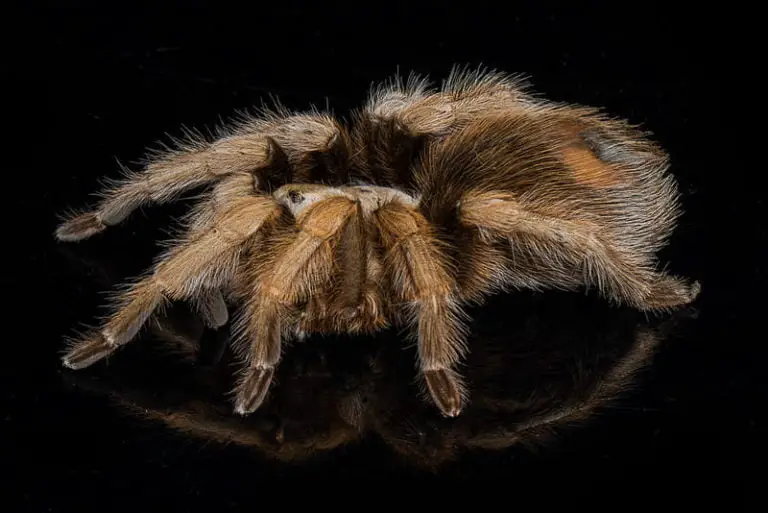
Many of the American tarantula species have thousands of urticating bristles (hairs) in their abdomen that they do not hesitate to release if they feel threatened. Some species abuse them so much that they even use them as their first defense system, even before they escape.
These stinging sows are about 10,000 per mm2, and are thrown by rubbing their two hind legs quickly against the dorsal surface of the abdomen, thus managing to project them towards their enemy with the intention of making them flee.
The stinging effects produced by skin contact are usually not too serious, although some people are particularly sensitive and we must be careful with possible allergic reactions, as it is in these cases when the symptoms could be aggravated.
Especially in the most sensitive areas of the body such as the inner neck of the arms, eyes and mucous membranes, where they can cause coughing and a choking sensation when ingested.
There are species such as the well-known Theraphosa blondi that produce sows that are especially harmful to humans, what many people do not know is that species as apparently peaceful as Grammostola.
They also have the same type of hair as the Theraphosa. If this defense mechanism does not take effect against its aggressor, the spider will choose between fleeing or confronting it using its fangs.
Why do spiders raise their front legs?
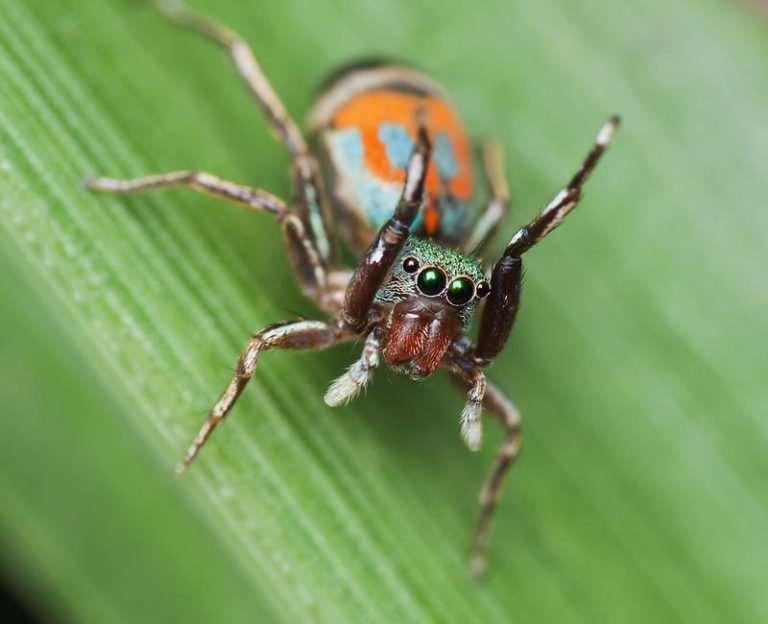
The spider lifts its front legs assuming a defensive position when it feels threatened. This is a well-known posture, and is very similar in all spider species, although each species has its own variations.
It consists of raising the first and second pair of legs and showing the chelicerae, some of them unfolding their fangs, and many others not.

